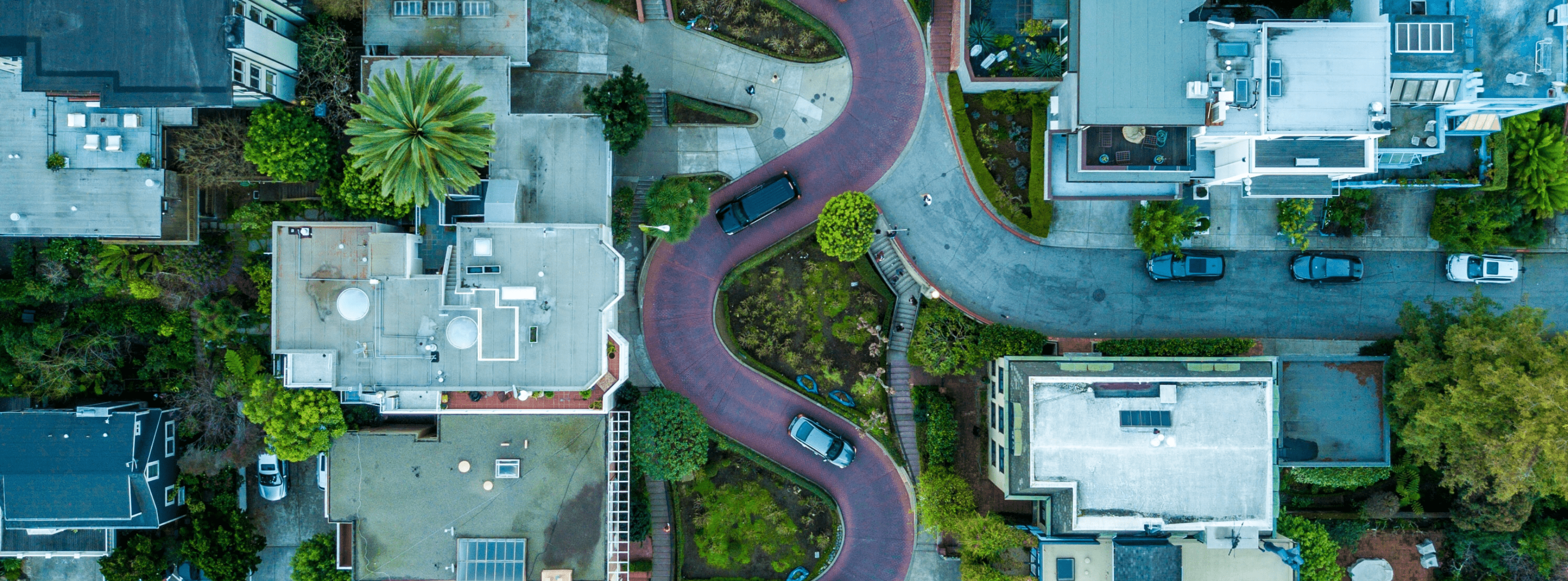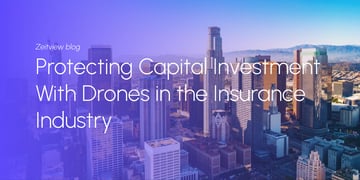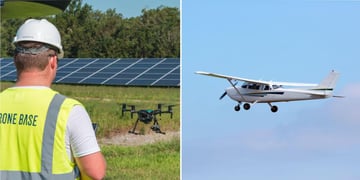Insurers adopting drone technology are often focused on two objectives. First is the improved risk management that comes with automating inspection tasks. In many cases, drones offer a safer alternative to putting staff in harm’s way when making a structural assessment.
Second, is the lower operating costs that result from adding drones to traditional workflows. By speeding up inspections, gathering future-proof data, and generally improving efficiency across the board, drones offer a superb return on investment.
The insurance industry is using drone technology to improve claims and underwriting processes. This guide will explore how insurance professionals are using the technology and what kind of rewards they are reaping as a result.
Inspecting Roof Damage
The ease with which drones can scale heights and capture high-quality data makes them a natural tool for roof inspections, whether assessing a property when devising a policy or checking for damage during the claims process.
Ranging from fire damage to the aftermath of a storm or natural disaster, the use of a drone technology can help insurance adjusters quickly gather the information they need to make a claims decision. Drones also improve employee and contractor safety by reducing the need to have staff working at height unless it’s absolutely necessary. In many cases drones speed up inspection times and can gather data in areas that would otherwise be inaccessible, for example, areas shortly after a natural disaster or unsafe rooftops.
Assessing Structural Integrity
Although roof inspections are an important use case, it’s not just roofs that can be inspected with the help of a drone. Engineers and insurance professionals can also use drone technology to capture large structures, such as warehouses, from the inside.
Facades, HVAC units, parking lots are just a few of the other points of interest that can all be photographed and recorded to allow a team on the ground to determine their condition, faster and safer. Areas of concern and the suitable next steps can be determined in a fraction of the cost and time compared to traditional methods.
Post Disaster Claims
One of the most challenging and necessary times the insurance industry kicks into gear is following a natural disaster, such as an earthquake or hurricane. Insurers need to process claims quickly and reliably to allow homeowners and businesses to return to a sense of normality.
However, the immediate aftermath of a natural disaster can also be fraught with danger. Buildings are often seriously damaged, fires and floods can make access impossible, and gathering the information required can put insurance staff in harm’s way.
Adjusters can use drones to gather the information they need to process claims without setting foot on the property. By cutting inspection times and improving safety when it matters most, insurance companies are able to continue operating and serving the customers that need it most.
Fraud Monitoring
Insurance fraud costs the industry billions of dollars every year. The adoption of drone technology may have a role to play in reducing these instances.
From construction and property management to building inspections, one of the most useful aspects of drone data gathering is how repeatable the process is while providing consistent precision. Insurance companies can use updated high resolution imagery to deter false claims and determine incidences of insurance fraud.
For example, in the case that a homeowner or property manager is filing a claim for damage that existed before a policy was in place, insurers can use drones to gather data periodically. The images can then be compared to determine the true timing and cause of any damage.
Smarter Inspections through Reporting & Analysis
Drones are only as useful as the data they gather. And in turn, that data is only as useful as the processes used to analyze it. Increasingly, drone data is being analyzed to provide key stakeholders with actionable and accurate results.
When harnessed in the world of insurance, DroneBase's AI-assisted anomaly detection and team of in-house experts can improve the process of assessing damage and estimating repair costs.
Our Insights Roof Condition Reports are a great example of this concept in action.
You can tap into our pilot network and reporting software to generate a detailed overview of your chosen property. It’ll include a breakdown of areas of concern and specific recommendations on how to address them. You can even integrate thermal inspections for a layer of insights that would otherwise not be visible to the human eye, such as HVAC unit leaks or moisture entrapment under a roof membrane.
For more information on how drones can help you settle claims, inspect properties, and work smarter, take a look at our Insurance page.





